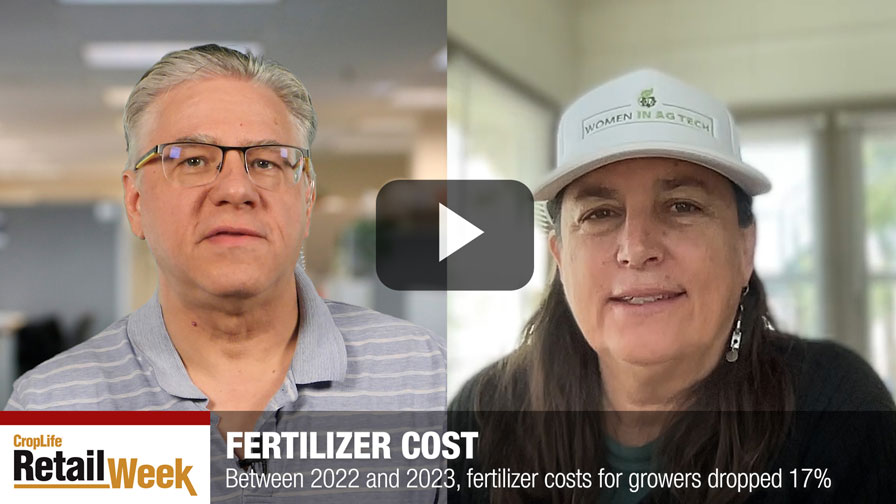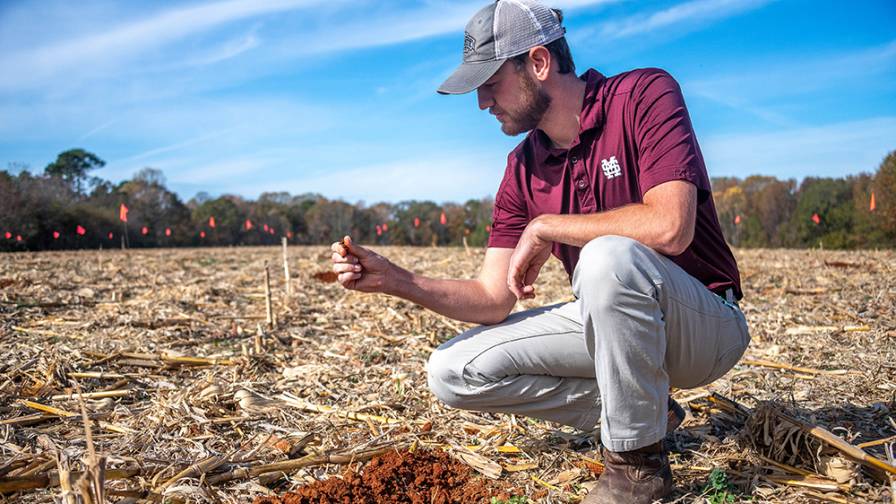Specialist: New Regulations Affect Farm Fuel Storage
Agricultural producers storing more than 1,320 gallons of fuel or other petroleum products on their farms soon will need a written plan for preventing and handling spills, a Purdue University specialist said.
The plans are covered in U.S. Environmental Protection Agency regulation amendments that take effect Nov. 10, said Fred Whitford, coordinator of Purdue Pesticide Programs.
The federal Spill Prevention, Control and Countermeasure regulation was adopted in 1974. It has been amended over the years.
“The SPCC’s basic intent is to make sure growers who store large amounts of these products are putting in place measures that will protect the area around their properties, specifically groundwater and surface water,” Whitford said. “With this regulation EPA is saying that we need to be thinking about fuel storage as much as pesticide and fertilizer storage. It doesn’t take much oil or gas to pollute water.”
Under the new amendments, only petroleum products stored in stationary tanks and containers of at least 55 gallons are counted toward the regulated total. Gasoline, diesel fuel and oil in tractors, trucks and other vehicular machinery are exempt.
Farmers would not be required to write a SPCC plan if their more than 1,320 gallons of petroleum products are stored on separate farms, so long as no single farm stores the regulated minimum, Whitford said.
“If you’re between 1,321 gallons and 10,000 gallons, you can self-certify your written plan. If you’re at greater than 10,000 gallons, the plan has to be written by a certified professional engineer. The EPA is looking to divide the smaller everyday users of products from those that store much larger quantities.”
Farmers can expect to spend between $2,000 and $4,000 to hire an engineer to write a SPCC plan, Whitford said.
The plan includes such information as how petroleum products are stored, the location of storage units, the farm’s topography and what steps would be taken in the event of a spill. The document is kept on the farm; EPA does not receive a copy.
“If EPA has to respond to a spill on your farm they will ask for this plan,” Whitford said. “Regulatory enforcement likely would occur only if an EPA representative visited a farm on an unrelated matter.”
Farmers can learn more about the regulation by visiting the EPA’s SPCC Web site, which also includes links for farmers and a template for writing a SPCC plan.
General information on the SPCC and fuel and oil storage is available in Purdue Extension publication PPP-73, Aboveground Petroleum Tanks: A Pictorial Guide. The publication, written by Whitford and co-authors from Purdue, the EPA, Indiana Department of Homeland Security, LaPorte County Co-op, Penn State University and industry, addresses risks related to fuel storage and ways to reduce those risks.
The 109-page publication is $5 per printed copy or free if downloaded online. It is available through Purdue’s The Education Store or calling toll-free 888-398-4636.
(Source: Ag Answers)






